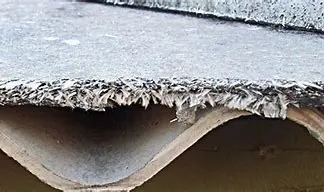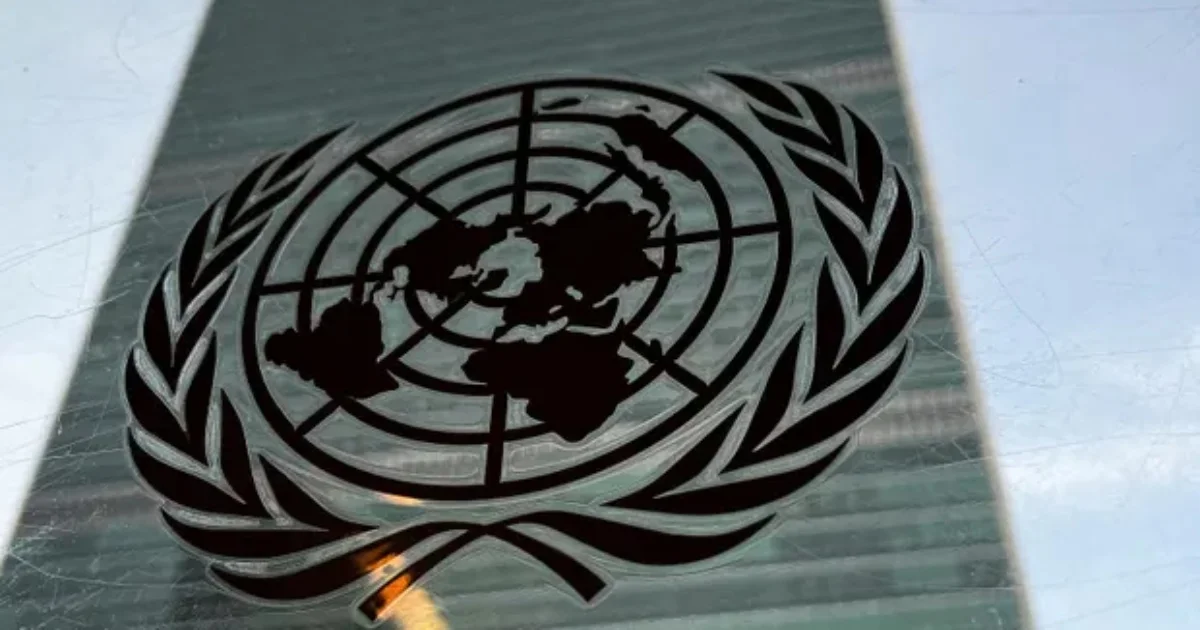Kenyans opt to use Asbestos as roofing material despite its feared cancerous side effects and the ban instituted on its use.

Asbestos usage was banned in 2006 due to its carcinogenic effects. The material emits poisonous fumes that when ingested, could cause cancer to the person.
In Kenya, owning a house is part of the major achievements everyone wants to attain. However, the increasing cost of living has influenced the cost of building materials. Consequently, Kenyans are opting for cheaper materials that can easily be accessed during the economic crisis being experienced.
The materials that can be sourced at a cheaper price can lead to structural instability and at times pose health risks which could lead to chronic illnesses.
Subscribe to Switch TV
Asbestos-based materials, often used for roofing purposes, are an example of cheaper construction materials. It is a material that was used in the past to construct government buildings. This includes hospitals, educational institutions, and the majority of government offices.
Despite its ability to fulfil multiple construction needs such as soundproofing, insulation materials, and roofing, the material poses health risks to humans. It is often used because it is lightweight to install and doesn’t corrode when exposed to chemicals.
NEMA Explains the Harm of Asbestos
According to the National Environment Management Authority (NEMA), asbestos does not cause any harm if left intact and not tampered with.
“It becomes a problem when, due to damage, disturbance, or deterioration over time, the material releases fibres into the air. Exposure to air containing the fibres increases the risk of inhaling the fibres and developing the associated diseases,” NEMA mentioned.
When humans are exposed to these fibres, they can contract lung cancer among other diseases. Furthermore, the fibres can remain in the atmosphere for hours which increases the possibility of inhaling them.
Due to the health risks, before removing the roofing, NEMA advises that the asbestos sheets should be wet, and if they crack, users should spray the designated area. The sheets should not be slid against each other or thrown to the ground to avoid any cracks.
Despite the health risks and the measures in place against the use of asbestos, people still opt for it. NEMA has been tasked with instituting harsher laws that would directly deal with the use of asbestos.
Read Also: Man Dies After Setting Himself on Fire Over High Cost of Living




























